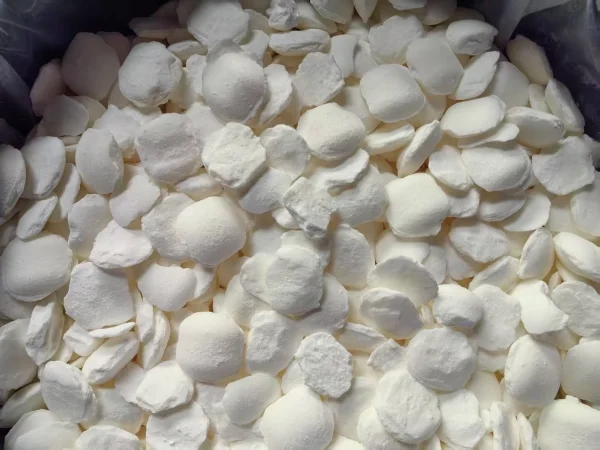
Cyanide has been used in the mining industry in some form since as far back as the 1880s. Today, the term “cyanide” conjures up grisly images of a toxic poison, but in reality, cyanide is a naturally occurring element found everywhere from fruits to nuts to bugs. “Cyanide” is a general term for chemicals that contain the cyano group (a triple-bonded carbon and nitrogen). Although it can be toxic if ingested, cyanide is an extremely useful, commercially-requested chemical in applications such as photography, plastics, and electroplating. Over a million tons of cyanide are produced for commercial applications each year.
Sodium cyanide is most commonly used for mining applications. It’s sold as either a liquid or a solid briquette, and its strength, usually quoted on a molar basis, can range anywhere from 98% and above. It’s an ideal solution for gold processing because it is cost-effective, quick to process, and readily available.
How Cyanide Chemicals Are Used to Mine Gold
Today’s gold mining operations are a far cry from the creek-panning of old. Commercial gold mining processes in the 21st century can separate gold from rock ore in quantities as small as 0.005%. The gold found in these rocks isn’t even visible to the naked eye. The process of using cyanide chemicals to extract gold from ore using an aqueous substance is known as “leaching.”
First, the ore is crushed into a fine powder using industrial machinery. Then, the dust is added to a carefully-monitored solution of sodium cyanide (NaCN) and allowed to process. During this process, the gold molecules form very strong bonds with the NaCN, becoming water-soluble. The application of zinc separates the cyanide molecules from the gold and turns the gold back into a solid, readying it for the smelting process.
The chemical reaction in removing gold is as follows: 4 Au + 8 (NaCN) + O₂ + 2 H₂O = 4 Na[Au(CN)₂] + 4 NaOH. This shows that the main elements involved in the reaction are gold, sodium cyanide, and oxygen from the air, with water also playing a role in the process. The cyanide essentially dissolves the gold, and later, through further processing, the gold is reshaped into bars or other forms.
There are two main types of leaching processes in which sodium cyanide is used:
Heap Leaching: In the open, cyanide solution is sprayed over huge heaps of crushed ore spread atop giant collection pads. The cyanide dissolves the gold from the ore into the solution as it trickles through the heap. The pad collects the now metal-impregnated solution which is stripped of gold and resprayed on the heap until the ore is depleted. This method is often used for low-grade ores and is relatively cost-effective as it requires less infrastructure compared to other methods. For example, in many large-scale gold mines in Australia, heap leaching with sodium cyanide is a common practice.
Vat (or Tank) Leaching: The ore is mixed with cyanide solution in large tanks. Although the chances of spills are lower because the leaching process is more controlled, the resulting waste, known as tailings, is stored behind large dams (tailings impoundments) which can, in some cases, fail catastrophically. This method is typically used for higher-grade ores or when more precise control over the leaching process is required.
Advantages of Using Sodium Cyanide in Gold Mining
Cost-Effectiveness: Sodium cyanide allows for the extraction of gold from low-grade ores that were previously uneconomical to mine. This has significantly increased the global gold reserves that can be profitably exploited. For instance, many mines in developing countries rely on sodium cyanide-based processes to make their mining operations viable.
High Efficiency: The cyanide leaching process is highly efficient in dissolving gold from the ore, enabling the recovery of a large percentage of the gold present in the ore. In well-optimized operations, gold recovery rates can reach up to 90% or more.
Widely Available: Sodium cyanide is commercially available in large quantities, making it accessible to mining companies around the world. This availability has contributed to the widespread adoption of cyanide-based gold extraction methods.
Environmental and Safety Concerns
Like any commercial chemical, sodium cyanide and other mining chemicals are as safe as their handling process. The amount of sodium cyanide needed for gold processing is minimal, and the material is not combustible on its own. Those handling cyanide bricks or solutions should always wear masks to protect against airborne dust or gasses containing trace amounts. When conditions are met, cyanide can be a very safe commercial chemical to utilize. However, there are significant environmental and safety concerns associated with its use:
Toxicity: Cyanide is highly toxic, and can result in substantial environmental impacts and public health risks if released into the environment. Cyanide spills have resulted in major fish kills, contaminated drinking water supplies, and harmed agricultural lands. For example, in 2000. a tailings dam ruptured at the Aurul gold mine in Romania, spilling 3.5 million cubic feet of cyanide-contaminated waste into the Tisza and Danube rivers, killing fish and poisoning water supplies as far as 250 miles downriver in Hungary and Yugoslavia.
Environmental Persistence: Although industry claims that cyanide breaks down rapidly in surface water, the compounds that cyanide breaks down into can be harmful. Cyanide spills into groundwater can persist for long periods of time and contaminate drinking water aquifers. Cyanide-contaminated groundwater can also pollute hydrologically connected neighboring streams. For instance, at the Beal Mountain mine in Montana, which closed in 1998. cyanide seeped into groundwater that feeds neighboring trout streams, resulting in cyanide violations in those streams long after the mine closed.
Safety in Handling: While the amount of sodium cyanide used in gold processing is relatively small, any mishandling during transportation, storage, or use can lead to serious accidents. Workers must be trained to handle the chemical safely, and strict safety protocols need to be in place.
In conclusion, sodium cyanide plays a crucial role in the modern gold mining industry, enabling the extraction of gold from low-grade ores in a cost-effective and efficient manner. However, the associated environmental and safety concerns cannot be overlooked. Mining companies must implement strict safety and environmental management practices to minimize the risks associated with the use of sodium cyanide. Additionally, ongoing research into alternative, less toxic methods for gold extraction is essential to ensure the long-term sustainability of the gold mining industry.
- Random article
- Popular articles
- Popular comments
- Cyanide Gold Preparation
- Gravity combined beneficiation process for black and white tungsten ore
- Laterite Nickel Ore Hydrometallurgical Process for Oxide Ore
- Lithium ore magnetic separation process
- Radioactive beneficiation and flotation process for uranium ore
- Chromium Ore Gravity Separation and Flotation Process
- Molybdenite Grinding and Separation Process




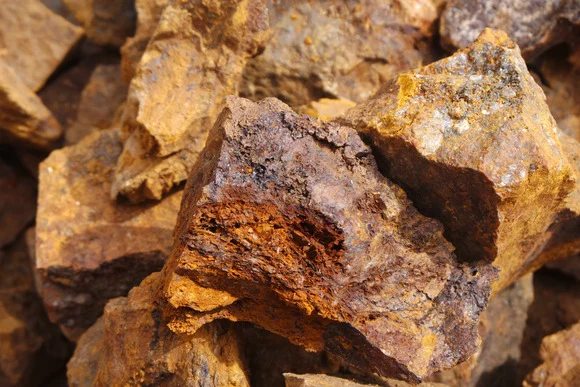

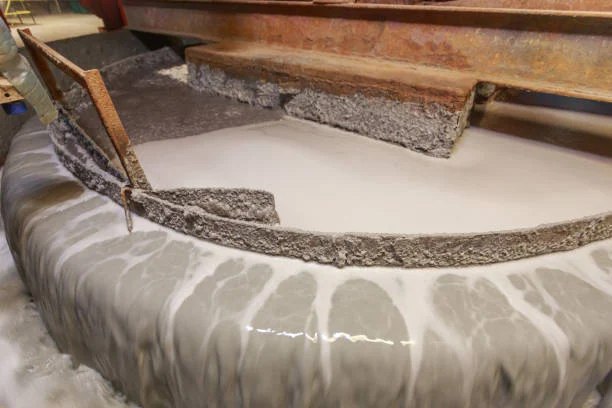

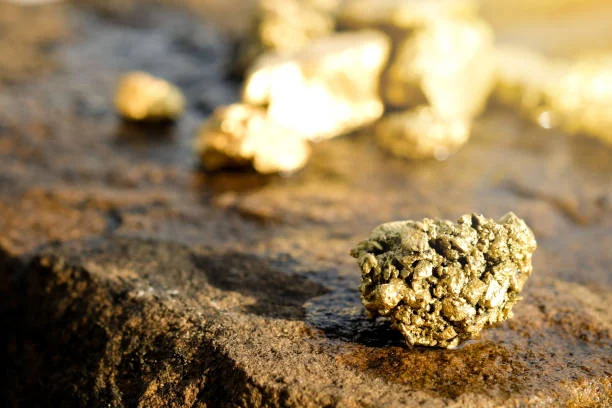
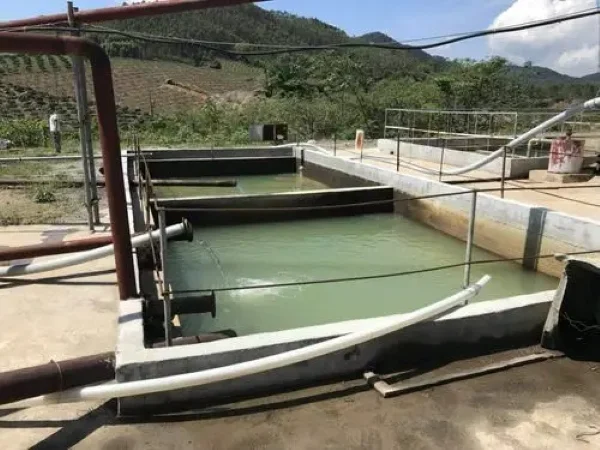
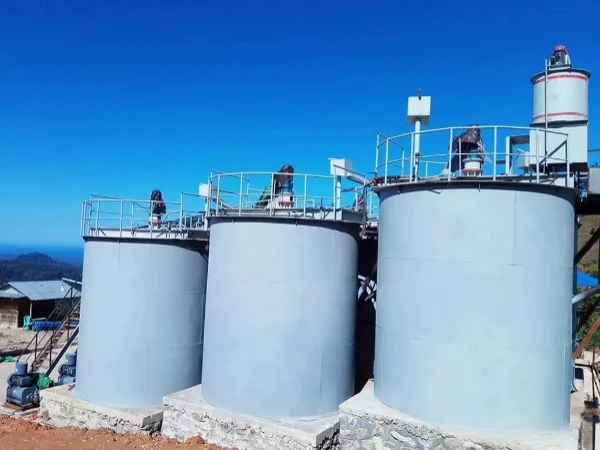
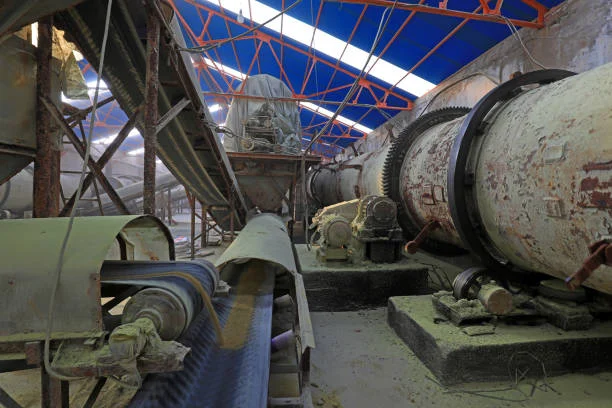
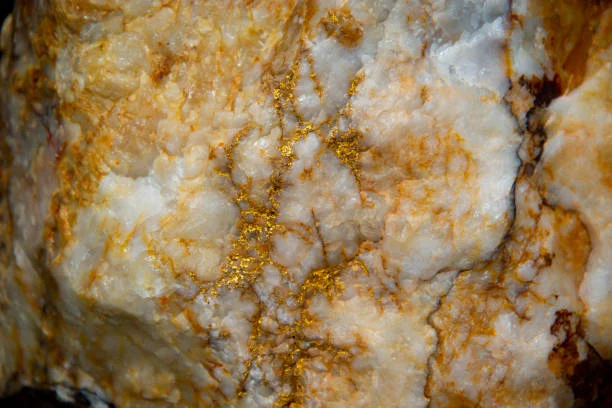
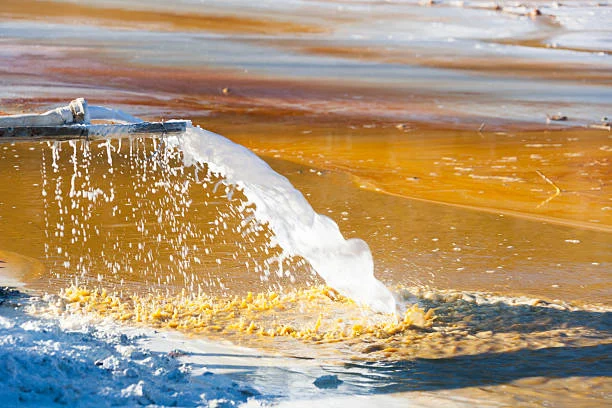
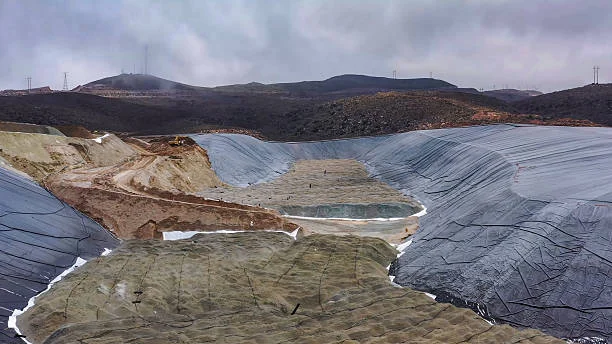

Leave a message with your needs or comments
Add comment: